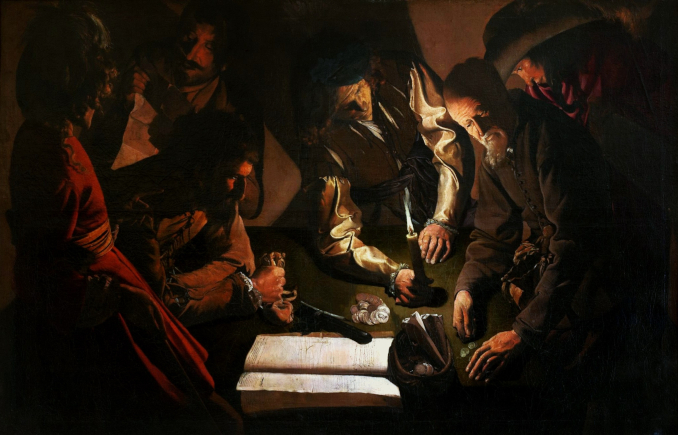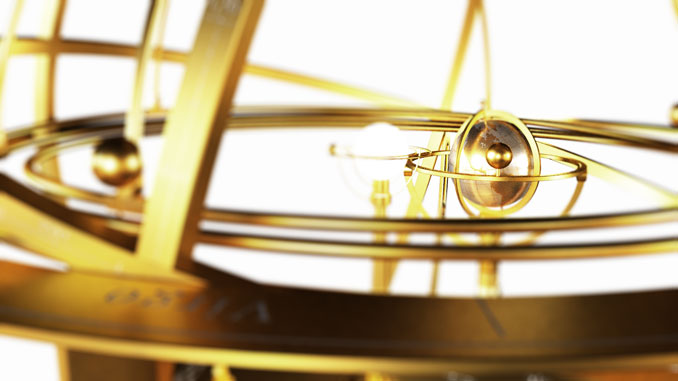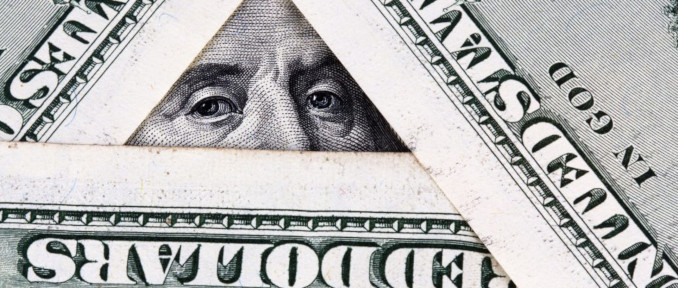The Payment of Dues. Georges de la Tour, 1630-35. Lviv Art Gallery, Ukraine (until 1940 – Lwów Art Gallery, Poland), ex Lubomirski collection. Photo: Public domain via Wikimedia Commons.
By Nina Heyn – Your Culture Scout
Ever since precious metal coins were invented as a convenient alternative to barter, from Phoenicia to ancient China, they have become a preferred way of paying for goods. In 1828, an eighteen-year-old hunter on a shooting trip in the English countryside of Hampshire discovered a hoard of about a hundred gold coins. These beautiful gold thrymas (shillings) are now displayed in the Ashmolean Museum in Oxford, which acquired the so-called “Crondall Hoard” in 1944. The coins date to about AD 650. It is estimated that, according to the laws of the time, the value of these hundred gold pieces would have represented the compensation for killing a man.









